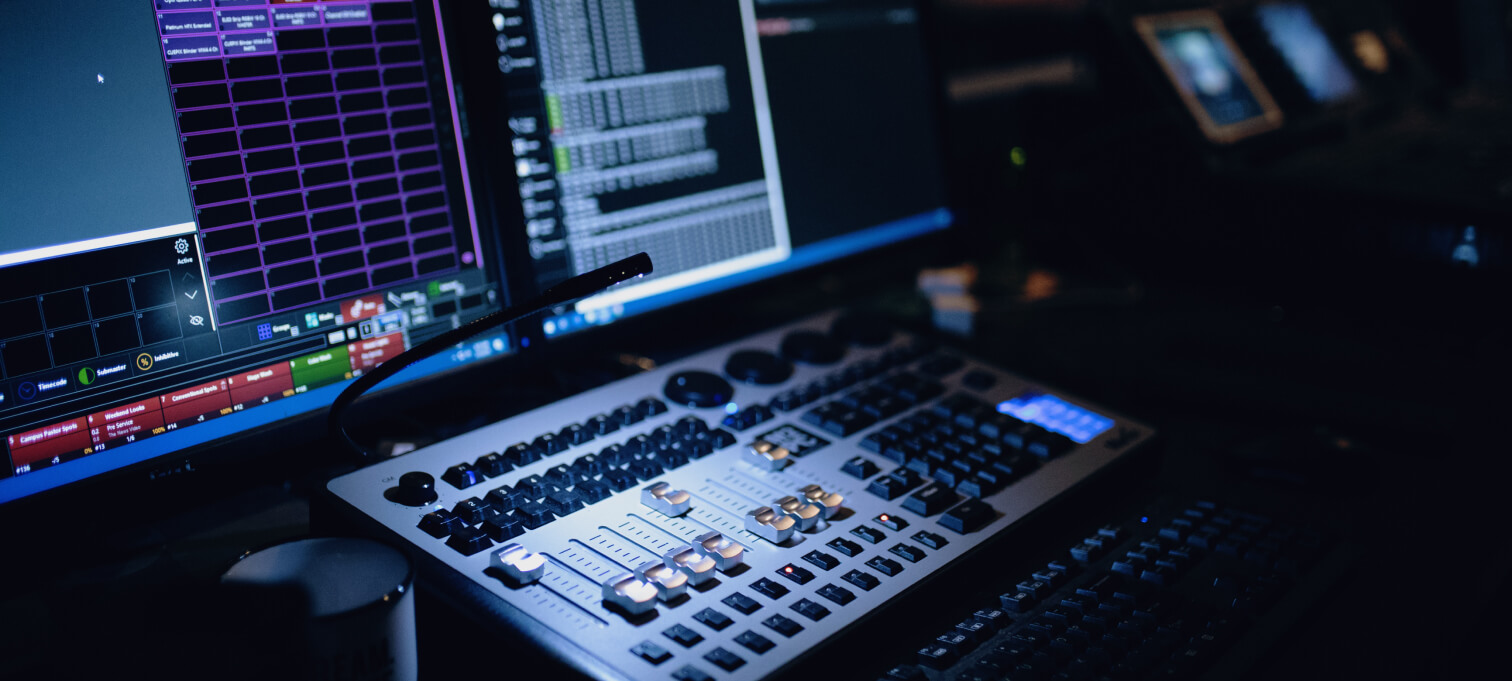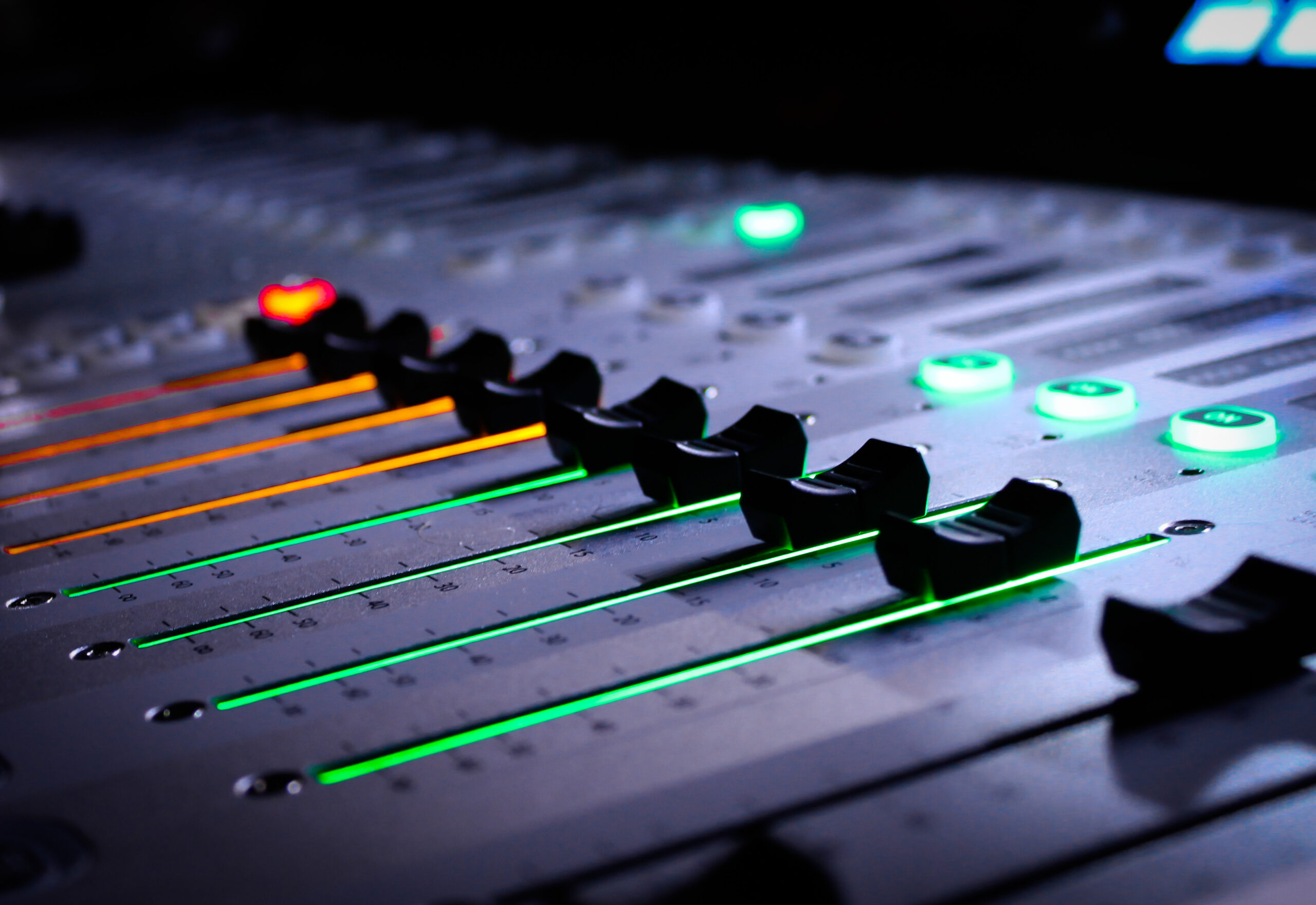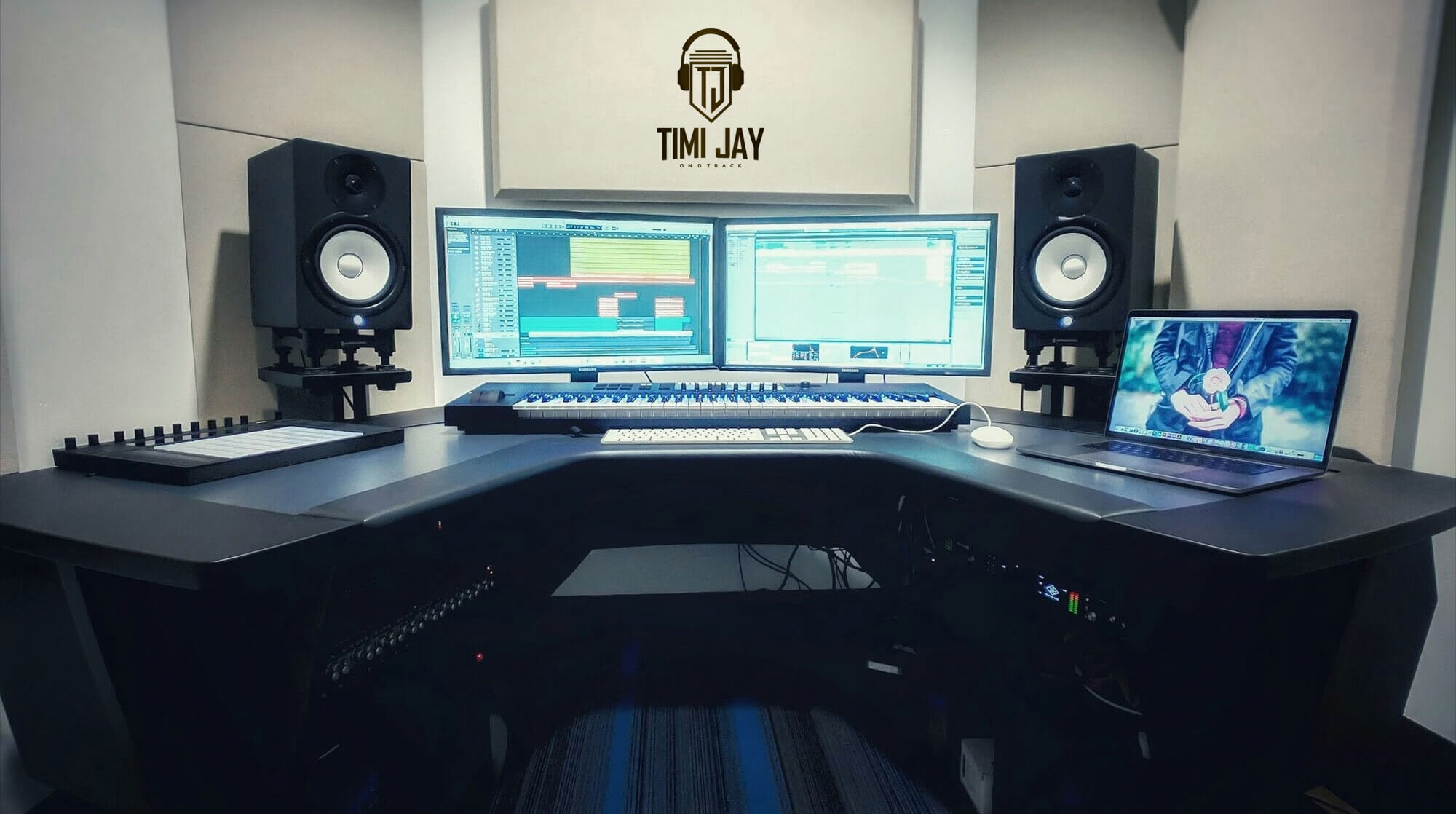Have you ever listened to a song and wondered why the vocals appear to come from one direction or a specific speaker while the instrumentation and the rest of the audio appear to come from another direction or speaker? Or have you wondered why some songs sound distinctively clearer and more realistic than others?
It’s “TimiJay on the Track.”
In today’s blog post, we’ll explore the close duo of mono and stereo, particularly their differences. My aim today is to ensure that by the end of this post, you’ll be able to make informed decisions on mono and stereo recordings and outputs.
What is Mono?
Mono (short for monophonic) is the oldest and simplest form of audio recording. In a mono recording, all the sounds are mixed and played through a single channel, so there is no separation between the left and right channels. This means that the same sound is played through both speakers or headphones, and there is no difference in the audio playback even if played on dual speakers.
Mono recordings were popular in the early days of audio recording because they were simple to produce and required less equipment. However, mono recordings have a disadvantage when it comes to creating a clear, distinctive, and immersive audio experience. This is because all of the sounds are mixed together, and there is no separation between the different instruments or vocals, making it nearly impossible to distinguish individual sounds.
What is Stereo?
Stereo, on the other hand, is a type of audio recording that produces a more immersive and realistic audio experience. In a stereo recording, the audio is split into two separate channels, one for the left speaker and one for the right speaker, as opposed to mono. This separation allows for a wider range of sounds to be heard and gives the sound a sense of space and depth.
Stereo recordings can be produced in different ways. Some recordings are made with two separate microphones, one for each channel (left and right). Other recordings are made with a single microphone (a special type of microphone) placed in the center of the sound source and capturing audio from all directions. The recorded audio is then split into two channels, and each channel can be mixed separately to create a more immersive experience.
Differences between Mono and Stereo
- Channels: The key difference between mono and stereo is the way the audio is presented to the listener. In mono recordings, your sound is transmitted through one channel with no variation, as opposed to stereo recordings, which have two channels and allow you to experiment in any way you want, such as separating vocals and strings on one channel and the rest of the instrumentation on the other.
- Direction: The direction of sound is another difference between mono and stereo. “Have you ever listened to songs and you could almost tell where the vocals or instruments were coming from?” I asked at the beginning of this post. It’s almost as if the voices are coming from one speaker while the instruments are coming from another. That explains the sound direction. Mono produces sound information in one direction, so it may sound fuller, whereas stereo produces sound information in two different directions (left and right), and in the case of spatial audio, it allows us to hear the audio from more than two directions, but this is only possible due to the type of mic, number of microphones used, and mic arrangement (not all stereo recordings have spatial audio except those opted for during recording). This leads us to the next key difference.
- Recording and mixing: Mono and stereo differ in mode of recording and mixing because a mono recording is done with a single microphone, so the vocals and instruments are done using the same mic. That explains why the resulting audio sounds quite full and somehow unclear when compared to stereo recordings, and you almost can’t pick apart the uniqueness that makes up the whole sound. Stereo recording, on the other hand, allows you to record with two or more microphones depending on your needs, and it is done over two channels. Also, when it’s time to mix any element recorded on a specific mic, it is mixed over whatever channel it was recorded on (although it’s a little tricky, the result is amazing). This explains the richness, clarity, perception of space, and width of stereo recordings.
- Audio files: Stereo audio files, such as stereo mp3 and WAV files, contain information for both the left and right channels, telling the left and right speakers when to push or pull air, whereas mono audio files contain information for only one channel.
Now, these differences don’t put one over the other; rather, they are more of a function of what you want or seek.
So, if you want a more focused and centered sound, if you’re recording a live performance, or if you only want to record vocals or individual instruments, use mono. (Recording vocals in mono gives them a more natural sound.) However, if you’re more concerned with playback and want a more realistic, captivating, and immersive sound, stereo recording is the way to go. It also aids flexibility in the mixing and production process.
Understanding the differences between mono and stereo allows us to make a more informed decision based on our preferences and the needs of the project. The major difference you should note is that mono recordings preserve all sounds on one channel and stereo on two channels. Also, if you’re wondering how a mono recording will sound on a stereo speaker, it will simply sound like a mono recording playing as one on the speakers (more like dual or multiple mono), and similarly, playing a stereo recording on mono output will not allow you to appreciate the stereo difference because it will simply play as mono.
I really hope you enjoyed this post. See you on the next!



